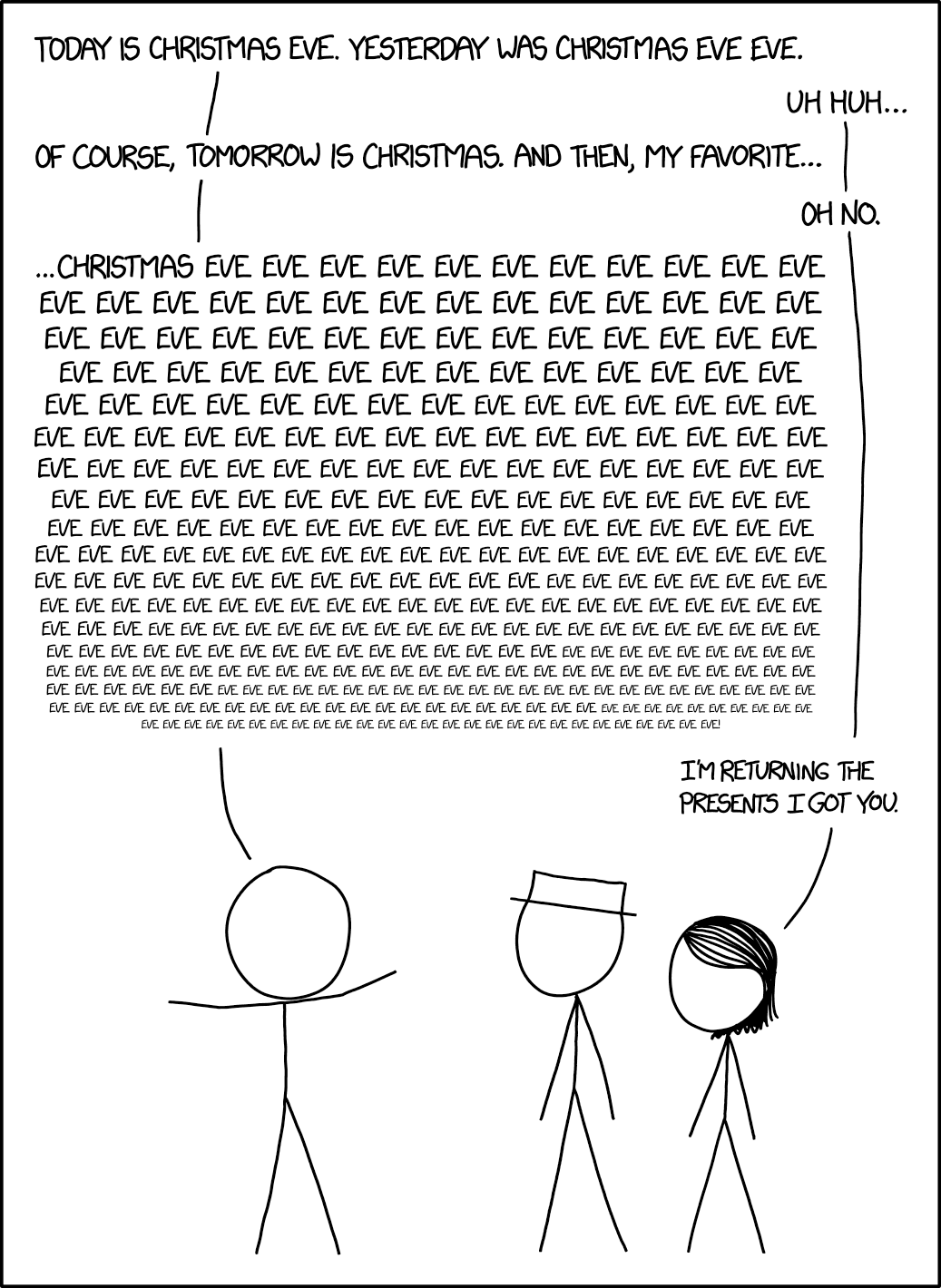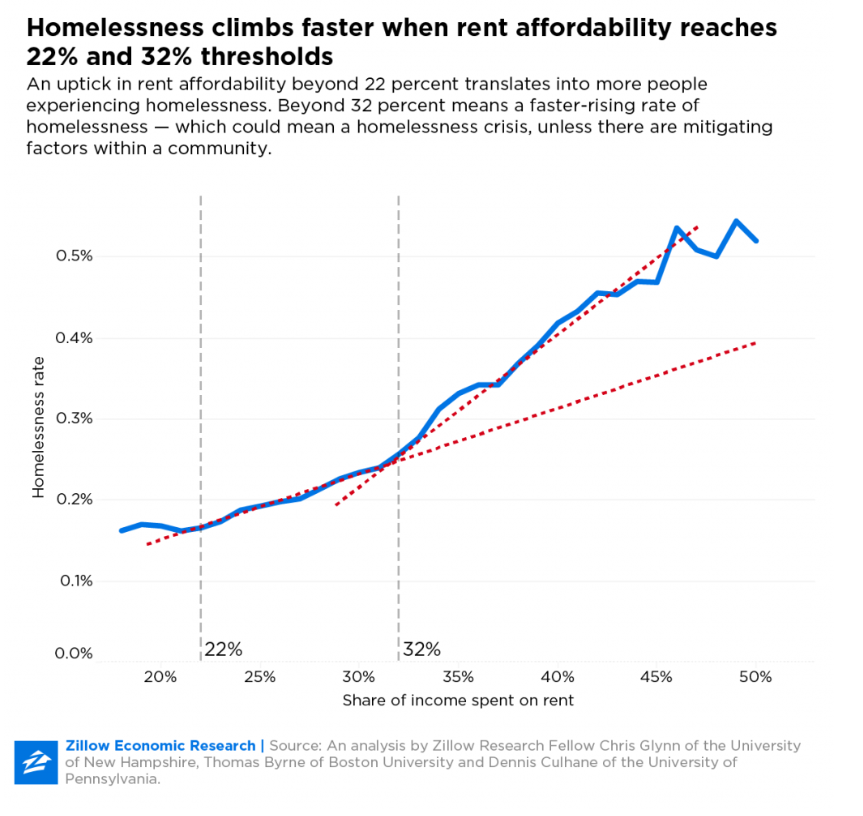I came across this table from Wikipedia, and it got me thinking about how the Bond franchise provides an excellent case study of the economics of Hollywood over the past sixty years.
Both movie budgets and box office are deeply flawed metrics even before you factor in Hollywood accounting, but they they are often pretty much the best we have. Any discussion of motion pictures as a business has to start here and any discussion of cultural impact has to at least take these things into consideration.
One useful way of framing the discussion is to ask, for every dollar put into this film, how many dollars in box office would it bring in? (not the formal accounting definition of ROI, but close enough for our purposes here).
Return on investment is a very poor metric for individual low budget films. When your denominator is that low, it's not that difficult to get a really big number now and then. For that reason we should probably ignore Dr No and possibly From Russia with Love and even Goldfinger. From Thunderball on, however, the Bond films became a big budget franchise given the standards of the time. We can definitely learn something looking at ROI from that point on. (One of the remarkable things about the series is how expensive
those first three films look, particularly given the special effects of
the day and the fact that even big budget movies still used embarrassing
rear screen projection.)
With the exception of Bond which came about a decade earlier, franchises before the blockbuster era (which started in the 1970s) tended to follow patterns of slowly diminishing returns. You would possibly start out with one or two big budget films but sequels as a rule would become more modest. Those that did not simply fade away settled into a low-to-medium budget equilibrium. Of the many reasons you could argue the Bond films invented the modern blockbuster franchise, one is how it introduced the practice of ramping up budgets following successful installments.
On the whole, the budgets for the franchise provide a pretty good example of how Hollywood has approached major releases with sharp growth kicking in over the past twenty or so years. In retrospect, the industry looks remarkably well disciplined before 1990. Even the notorious Heaven's Gate which went almost four times over budget only clocks in at slightly under $160 million in 2022 dollars, which would put it squarely in the middle of the pack for a big budget film these days.
While it would take a serious analysis to actually nail this down, it certainly appears that while box office numbers have been spectacular, return on investment for big pictures has been in steady decline for a few decades. That is certainly the case with Bond.




